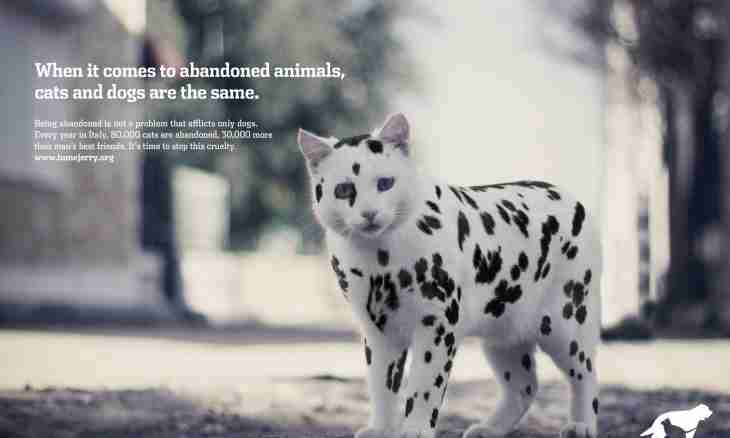The nature of coloring of animal different types is very different. Owners surprisingly bright and, on the contrary, modest coloring occur among representatives of fauna. Many living beings have the coloring helping them to be imperceptible in the environment of their constant dwelling. It is a lot of and such which "are recoloured" depending on a season or state of environment.
Instruction
1. Idea of a possibility of change of coloring by animals at most of people contacts a chameleon. Really, this animals know of ability to quickly change color and the drawing of skin to all. It is not masking under the environment as consider many. Actually, the organism of a chameleon has unique ability "to be recoloured" depending on temperature condition, a light environment and even mood.
2. Still ancient people paid attention to unique feature of a chameleon to change coloring, only they could not explain why it occurs. Researches of scientists could establish the nature of the phenomenon connected with change of color. It appears, the color behavior of an animal depends on pigmentary cages - a chromatophore (in translation from Greek – "paint bearing"). These cages are connected directly with nervous system of an animal and play a major role in coloring of an integument of a chameleon.
3. Change of color can result from action of physiological factors, such as lighting, temperature and humidity of the environment, pain or feeling of hunger. Aggression at a meeting with other representatives of fauna or a fright are the emotional irritants operating on chromatophores. Biologists established close connection between ability to change of skin color and sight. Teams "bearing paint" to cages proceed, first of all, from an optic nerve, and at its damage the surprising ability to change color is lost.
4. Change of coloring among animals is widespread. First of all fast change of color behavior is characteristic of cool animals. Not having opportunities to make own warmly many Crustacea, octopuses, squids, frogs, lizards, some species of fish and insects are owners a chromatophore, responsible for change of color of an integument and eyes.
5. The considerable quantity of animals which change of the hiding coloring directly depends on season occurs among representatives of northern and moderate zones. For example, the dress of a bluish polar fox, ideally suitable for the tundra, helps it to become invisible in snow. The dark, brownish coloring helps an animal to take cover among tundra plants and lichens during a summer season.
6. For all year some forest animals perfectly adapt to conditions of the surrounding nature, having ability to change wool coloring. White fur for a hare (only tips of ears gray) - an excellent contrivance in the winter, and with approach of summer this small animal becomes brownish gray. The red squirrel adapts to paints of the winter nature, changing clothes in a light gray fur coat. The ability to change color of wool is inherent in caress and an ermine. As a result of a spring and autumn molt, coloring of animals is spotty, well matched to a motley natural landscape.
7. In the world of insects there are owners of seasonal coloring too. For example, it is difficult to notice a listovidok among foliage of trees. They in summertime green, and the fall changes color of wings of insects to ocherous. The butterfly-chelnochnitsy caterpillars living on an oak which in the spring in pink color remind kidneys adapt to seasonal changes, do not differ in greens from leaves in the summer, and gain color of oak bark in the fall.
